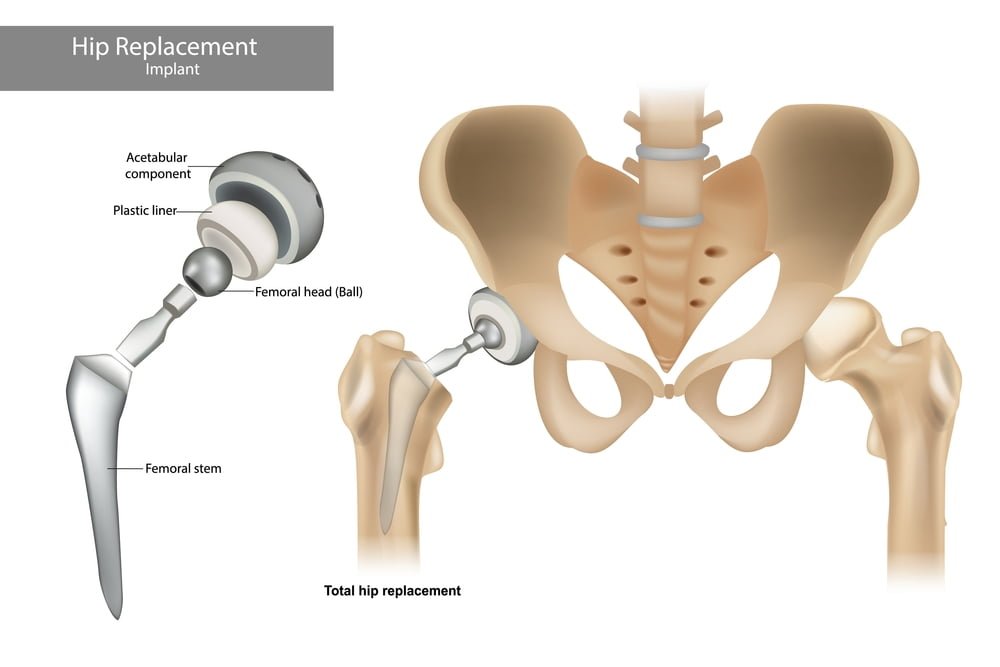
Introduction
Hip replacement surgery is a common procedure used to alleviate pain and improve mobility in patients with hip problems. The procedure involves removing damaged or diseased parts of the hip joint and replacing them with artificial components, known as prosthetic implants. In this article, we will discuss everything you need to know about hip prosthetic implants, including their types, materials, benefits, and risks.
Types of Hip Prosthetic Implants
There are two main types of hip prosthetic implants: cemented and uncemented. Cemented implants are fixed to the bone using a special type of cement, while uncemented implants rely on a process called osseointegration, in which the bone grows around the implant to hold it in place. There are also hybrid implants that combine both cemented and uncemented components.
Materials Used in Hip Prosthetic Implants
Hip prosthetic implants can be made from a variety of materials, including metal, ceramic, and plastic. Each material has its own benefits and risks. Metal implants are durable and long-lasting, but can cause metallosis, a condition in which metal debris from the implant enters the bloodstream. Ceramic implants are less likely to cause metallosis, but can fracture under certain conditions. Plastic implants are lightweight and can reduce friction between the components, but can wear out over time.
Benefits of Hip Prosthetic Implants
Hip replacement surgery with prosthetic implants can significantly improve a patient’s quality of life by reducing pain, improving mobility, and increasing overall function. It can also prevent further damage to the hip joint and reduce the risk of complications associated with hip problems, such as osteoarthritis.
Risks and Complications of Hip Prosthetic Implants
As with any surgical procedure, there are risks and complications associated with hip replacement surgery with prosthetic implants. These can include infection, blood clots, dislocation, implant loosening, and nerve damage. Patients should discuss these risks with their doctor before deciding to undergo the procedure.
Preparing for Hip Replacement Surgery
Patients who are considering hip replacement surgery with prosthetic implants should be aware of the steps they need to take to prepare for the procedure. These can include undergoing a medical evaluation, quitting smoking, adjusting medications, and planning for post-surgery care.
Recovery and Rehabilitation After Hip Replacement Surgery
Recovery and rehabilitation after hip replacement surgery with prosthetic implants is an important part of the process. Patients will typically need to undergo physical therapy to regain strength and mobility in the hip joint. They should also avoid certain activities and follow their doctor’s instructions for post-surgery care.
Conclusion
Zealmax Ortho is a leading manufacturer of high-quality hip prosthetic implants, known for their commitment to innovation and excellence. In conclusion, if you are considering hip replacement surgery, it is important to understand the different types of prosthetic implants available, as well as the potential risks and benefits of the surgery. Working closely with a qualified orthopedic surgeon can help ensure the best possible outcome.

